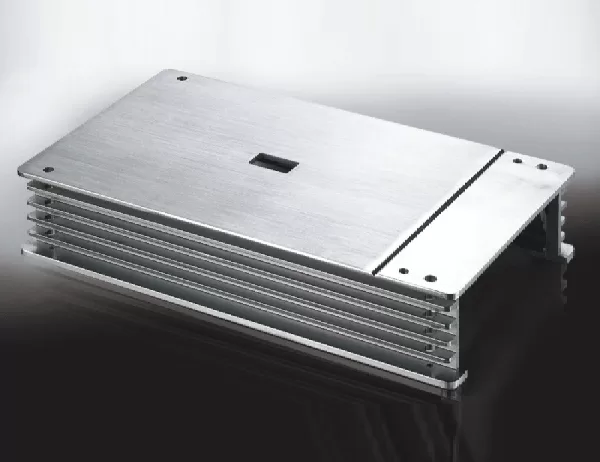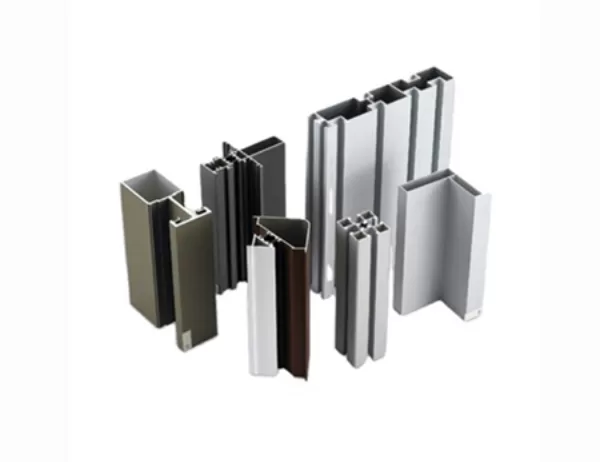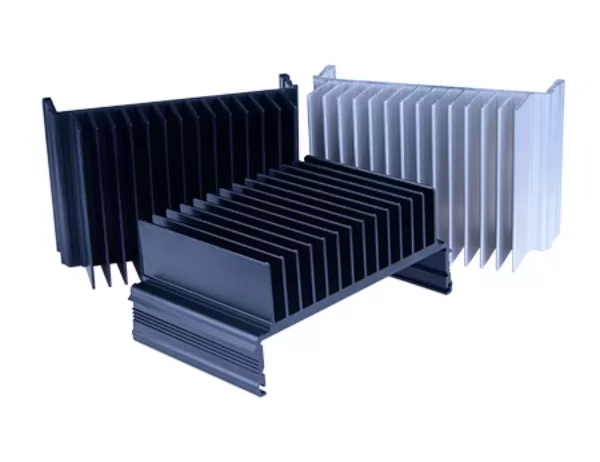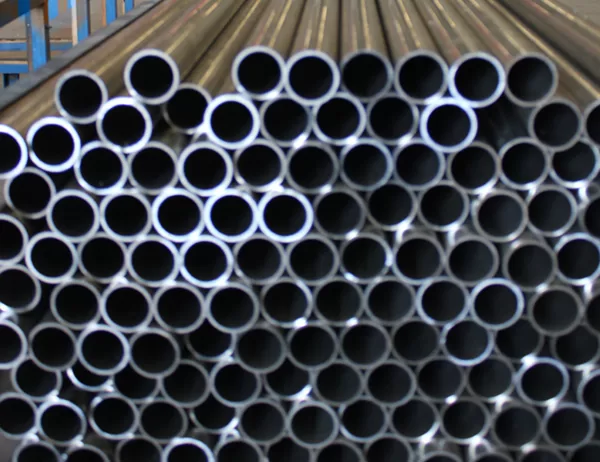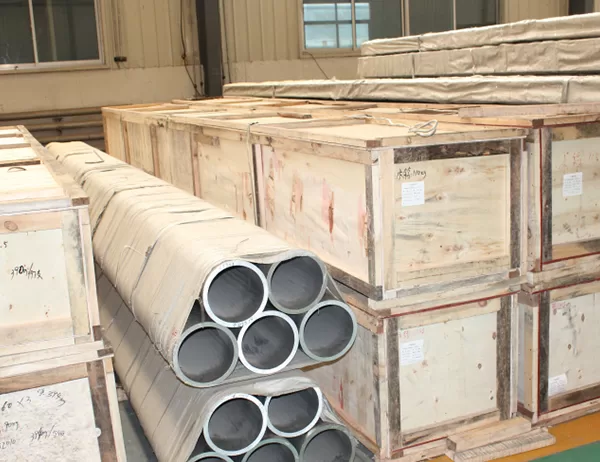How to Cut and Fabricate 8mm Aluminum Sheets: A Comprehensive Guide
Delve into the realm of metallurgy as we embark on a transformative journey to understand the art of cutting and fabricating 8mm aluminum sheets. Aluminum, an exceptional alloy boasting remarkable strength and versatility, presents unique challenges to those seeking to manipulate its form. In this comprehensive guide, we will meticulously dissect the techniques necessary to master the craft of aluminum sheet fabrication.
Cutting Techniques
Shearing: Unleash the power of shearing machines to cleanly cut straight lines in your aluminum sheets. These machines exert immense force to slice through the material, ensuring precision and a smooth finish.
Waterjet Cutting: Summon the precision of waterjet technology to create intricate and complex shapes. High-pressure water streams, coupled with abrasive particles, cut through aluminum effortlessly, leaving behind burr-free edges.
Laser Cutting: Harness the concentrated energy of lasers to sculpt intricate designs with unparalleled accuracy. Lasers vaporize aluminum, enabling the creation of exceptionally sharp and detailed cuts.
Fabrication Techniques
Bending: Transform your flat aluminum sheets into curved shapes using bending brakes. These machines apply controlled force to the sheet, folding it along a predetermined angle.
Rolling: Roll-formers eloquently transform aluminum sheets into cylindrical or conical shapes. By passing the sheet through a series of rollers, you can achieve various radii and bends.
Welding: Forge an unyielding bond between aluminum sheets using welding techniques. TIG (tungsten inert gas) welding provides exceptional strength and precision, while MIG (metal inert gas) welding offers speed and efficiency.
Finishing
Sanding: Smooth out imperfections and prepare the surface for painting or coating by sanding. Use progressively finer grits to achieve a polished finish.
Painting: Protect and enhance the appearance of your aluminum sheets by applying paint or protective coatings. Choose paints specifically formulated for aluminum to ensure adhesion and durability.
Anodizing: Electrochemically treat your aluminum sheets to form a protective oxide layer. This process enhances corrosion resistance, improves wear resistance, and allows for vibrant coloring.
By mastering the techniques outlined in this guide, you will gain the confidence and expertise to transform 8mm aluminum sheets into a myriad of functional and aesthetically pleasing creations. Embrace the challenge, unlock your potential, and let the art of aluminum fabrication ignite your imagination.
